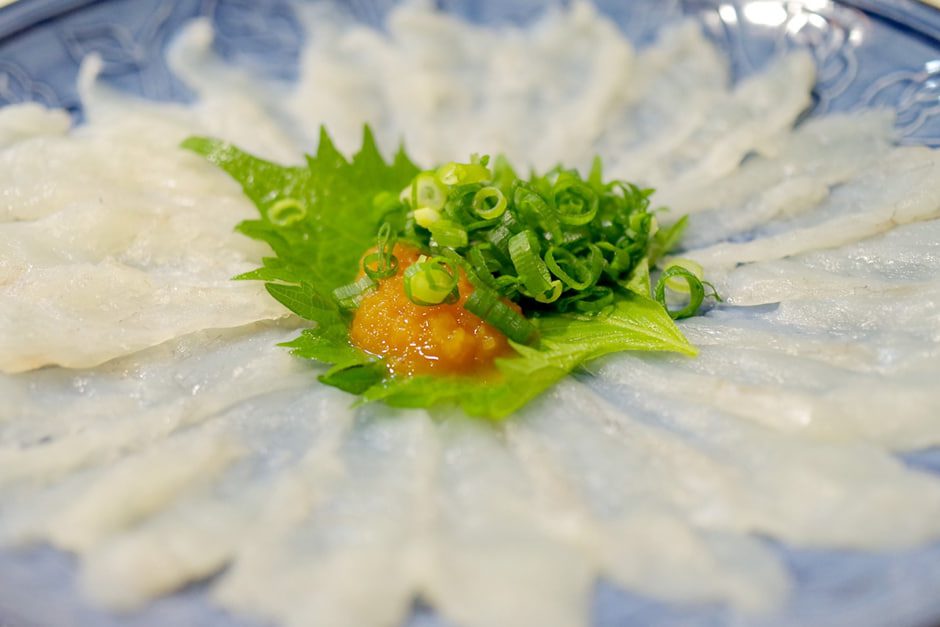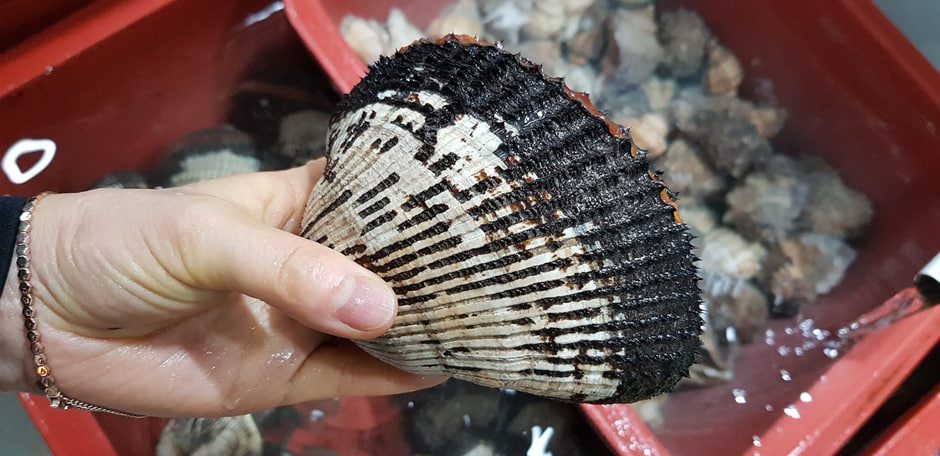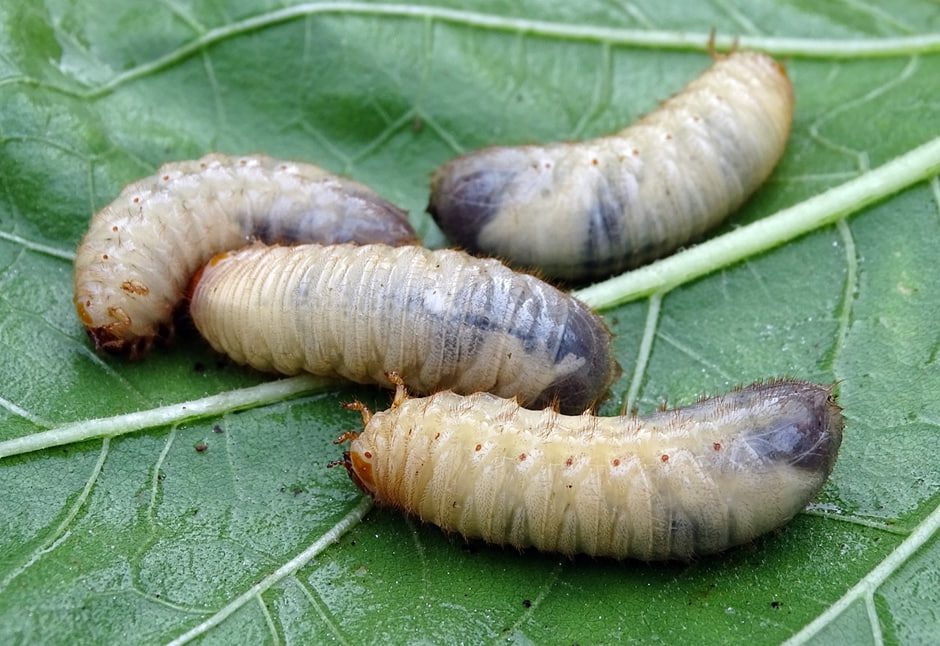Being told we can’t have something often makes us want it more. We can all relate to this complex feeling, and food is no exception. There are many foods that people willingly consume that may actually put their lives at risk! Keep on reading to find out which treats may be worth your life (at least according to those that eat them), but that you may want to steer clear of for the sake of your health.
Fugu

Fugu, which means pufferfish, is considered a delicacy in Japan. The flesh is sliced very thin, much thinner than your usual sashimi, and arranged in a circle on the plate. It is commonly found in restaurants and even supermarkets throughout Japan, but there is a law that it must always be prepared by a licensed chef. That’s because the pufferfish’s organs, specifically the ovaries, liver, and skin, contain tetrodotoxin (TTX). TTX is an extremely powerful neurotoxin. In marine pufferfish species, the liver and ovary are often the most toxic organs. In freshwater species, the skin is more toxic.1
TTX is produced by marine bacteria and reaches pufferfish through the food chain. It’s one of the most poisonous substances known to man. The best outcome after eating is paralysis, while being fully conscious. The worst cases lead to coma and death. No wonder it’s illegal to prepare this at home or without a special license!2
Also, fun fact: the Japanese royal family is forbidden from eating it! So that should help put things into perspective.
Blood clams

Humans have always had a fondness for clams. After all, they are a delicious treat. Blood clams are often consumed raw and have a very delicate taste. What makes them particularly special is that they contain hemoglobin, it’s also how they got their name. Hemoglobin is what gives our blood its red shade, so the insides of the clam appear particularly gruesome (and can even splash on the unlucky!). Nothing is wrong with blood clams per se, as long as they are safely cultivated. Chinese blood clams are banned for consumption in the US because of sanitation. Because they contain hemoglobin, they are at risk of contracting blood diseases such as hepatitis A, dysentery, and typhoid. The places they are cultivated in China, Anhai Bay and Zheijang Province, are extremely polluted. Water carries pathogens straight to the blood clams. There are unusually high rates of Hepatitis A among the people in these places. Blood clams are unfortunately the perfect carriers of the disease. Don’t worry, though. If you’re keen on trying them out, the ones cultivated in Mexico are safe to consume! They can be found throughout Europe and North America.3
Casu marzu

If you haven’t heard of this type of Sardinian cheese already, reading this article will surely make your skin crawl. This particular cheese is maggot infested. That’s right, flies lay their eggs inside the cracks that form within it. When they hatch, the maggots start digesting the proteins in the cheese, making it soft and creamy. At this point, some of the fans of this cheese centrifuge it to ‘blend’ the maggots in. Others have no problem consuming it au naturel. The taste of it is described as very intense and slightly spicy, with an aftertaste that stays with you for several hours.4
Fans of the cheese call it an aphrodisiac, while others call it unsafe. That’s because, in theory, maggots may survive the bite and cause myiasis, or tiny intestine perforations. Although there are no records of people getting very sick from eating casu marzu, it is still labeled the “world’s most dangerous cheese.” It is also banned by the Italian government due to a law that prohibits the consumption of food infected by parasites. Still, even when faced with fines of up to $60,000, Sardinian cheese lovers still produce this cheese, and it’s not difficult to find as a tourist. But I think most of us will leave this one out of our next charcuterie board!4
The Ackee fruit

This seemingly innocent fruit, is a symbol of Jamaica. It is a beautiful shade of yellow and opens like a flower when cut. It can also be found in south Florida, Central and South America, and many Caribbean countries. The fruit in its ripe form is safe to eat. But consuming it unripe or eating its seeds at any point can lead to Jamaican vomiting sickness. It contains a toxin called hypoglycin A . The lucky ones who consume it may experience no symptoms or only minor ones, such as vomiting. Others, however, may experience severe reactions, including vomiting, hypoglycemia, fatigue, and even coma and death.5
However, as long as you consume it when it’s ripe and avoid the seeds, you’ll be safe. People still love this fruit because, much like jackfruit, it can absorb the flavor of whatever seasoning you’re using to prepare it. The Jamaican national dish is ackee fruit with codfish!
Take-home message
Remember, fellow adventurous foodies, while it’s thrilling to explore daring flavors and exotic delicacies, it’s equally important to prioritize your wellbeing. Sometimes, sticking to your beloved comfort foods can be a wise choice. And don’t forget to play it safe! Make sure the food you indulge in is prepared with love and caution, ensuring both deliciousness and safety. So, keep exploring, but always keep your taste buds and tummy happy and healthy!
Sign up for our newsletter
Follow our story
Poisonous foods…that people actually eat for fun?!
Being told we can’t have something makes us want it more. For many, dangerous (and potentially lethal) foods are no exception.

October 4th, 2023
Being told we can’t have something often makes us want it more. We can all relate to this complex feeling, and food is no exception. There are many foods that people willingly consume that may actually put their lives at risk! Keep on reading to find out which treats may be worth your life (at least according to those that eat them), but that you may want to steer clear of for the sake of your health.
Fugu

Fugu, which means pufferfish, is considered a delicacy in Japan. The flesh is sliced very thin, much thinner than your usual sashimi, and arranged in a circle on the plate. It is commonly found in restaurants and even supermarkets throughout Japan, but there is a law that it must always be prepared by a licensed chef. That’s because the pufferfish’s organs, specifically the ovaries, liver, and skin, contain tetrodotoxin (TTX). TTX is an extremely powerful neurotoxin. In marine pufferfish species, the liver and ovary are often the most toxic organs. In freshwater species, the skin is more toxic.1
TTX is produced by marine bacteria and reaches pufferfish through the food chain. It’s one of the most poisonous substances known to man. The best outcome after eating is paralysis, while being fully conscious. The worst cases lead to coma and death. No wonder it’s illegal to prepare this at home or without a special license!2
Also, fun fact: the Japanese royal family is forbidden from eating it! So that should help put things into perspective.
Blood clams

Humans have always had a fondness for clams. After all, they are a delicious treat. Blood clams are often consumed raw and have a very delicate taste. What makes them particularly special is that they contain hemoglobin, it’s also how they got their name. Hemoglobin is what gives our blood its red shade, so the insides of the clam appear particularly gruesome (and can even splash on the unlucky!). Nothing is wrong with blood clams per se, as long as they are safely cultivated. Chinese blood clams are banned for consumption in the US because of sanitation. Because they contain hemoglobin, they are at risk of contracting blood diseases such as hepatitis A, dysentery, and typhoid. The places they are cultivated in China, Anhai Bay and Zheijang Province, are extremely polluted. Water carries pathogens straight to the blood clams. There are unusually high rates of Hepatitis A among the people in these places. Blood clams are unfortunately the perfect carriers of the disease. Don’t worry, though. If you’re keen on trying them out, the ones cultivated in Mexico are safe to consume! They can be found throughout Europe and North America.3
Casu marzu

If you haven’t heard of this type of Sardinian cheese already, reading this article will surely make your skin crawl. This particular cheese is maggot infested. That’s right, flies lay their eggs inside the cracks that form within it. When they hatch, the maggots start digesting the proteins in the cheese, making it soft and creamy. At this point, some of the fans of this cheese centrifuge it to ‘blend’ the maggots in. Others have no problem consuming it au naturel. The taste of it is described as very intense and slightly spicy, with an aftertaste that stays with you for several hours.4
Fans of the cheese call it an aphrodisiac, while others call it unsafe. That’s because, in theory, maggots may survive the bite and cause myiasis, or tiny intestine perforations. Although there are no records of people getting very sick from eating casu marzu, it is still labeled the “world’s most dangerous cheese.” It is also banned by the Italian government due to a law that prohibits the consumption of food infected by parasites. Still, even when faced with fines of up to $60,000, Sardinian cheese lovers still produce this cheese, and it’s not difficult to find as a tourist. But I think most of us will leave this one out of our next charcuterie board!4
The Ackee fruit

This seemingly innocent fruit, is a symbol of Jamaica. It is a beautiful shade of yellow and opens like a flower when cut. It can also be found in south Florida, Central and South America, and many Caribbean countries. The fruit in its ripe form is safe to eat. But consuming it unripe or eating its seeds at any point can lead to Jamaican vomiting sickness. It contains a toxin called hypoglycin A . The lucky ones who consume it may experience no symptoms or only minor ones, such as vomiting. Others, however, may experience severe reactions, including vomiting, hypoglycemia, fatigue, and even coma and death.5
However, as long as you consume it when it’s ripe and avoid the seeds, you’ll be safe. People still love this fruit because, much like jackfruit, it can absorb the flavor of whatever seasoning you’re using to prepare it. The Jamaican national dish is ackee fruit with codfish!
Take-home message
Remember, fellow adventurous foodies, while it’s thrilling to explore daring flavors and exotic delicacies, it’s equally important to prioritize your wellbeing. Sometimes, sticking to your beloved comfort foods can be a wise choice. And don’t forget to play it safe! Make sure the food you indulge in is prepared with love and caution, ensuring both deliciousness and safety. So, keep exploring, but always keep your taste buds and tummy happy and healthy!
Being told we can’t have something often makes us want it more. We can all relate to this complex feeling, and food is no exception. There are many foods that people willingly consume that may actually put their lives at risk! Keep on reading to find out which treats may be worth your life (at least according to those that eat them), but that you may want to steer clear of for the sake of your health.
Fugu

Fugu, which means pufferfish, is considered a delicacy in Japan. The flesh is sliced very thin, much thinner than your usual sashimi, and arranged in a circle on the plate. It is commonly found in restaurants and even supermarkets throughout Japan, but there is a law that it must always be prepared by a licensed chef. That’s because the pufferfish’s organs, specifically the ovaries, liver, and skin, contain tetrodotoxin (TTX). TTX is an extremely powerful neurotoxin. In marine pufferfish species, the liver and ovary are often the most toxic organs. In freshwater species, the skin is more toxic.1
TTX is produced by marine bacteria and reaches pufferfish through the food chain. It’s one of the most poisonous substances known to man. The best outcome after eating is paralysis, while being fully conscious. The worst cases lead to coma and death. No wonder it’s illegal to prepare this at home or without a special license!2
Also, fun fact: the Japanese royal family is forbidden from eating it! So that should help put things into perspective.
Blood clams

Humans have always had a fondness for clams. After all, they are a delicious treat. Blood clams are often consumed raw and have a very delicate taste. What makes them particularly special is that they contain hemoglobin, it’s also how they got their name. Hemoglobin is what gives our blood its red shade, so the insides of the clam appear particularly gruesome (and can even splash on the unlucky!). Nothing is wrong with blood clams per se, as long as they are safely cultivated. Chinese blood clams are banned for consumption in the US because of sanitation. Because they contain hemoglobin, they are at risk of contracting blood diseases such as hepatitis A, dysentery, and typhoid. The places they are cultivated in China, Anhai Bay and Zheijang Province, are extremely polluted. Water carries pathogens straight to the blood clams. There are unusually high rates of Hepatitis A among the people in these places. Blood clams are unfortunately the perfect carriers of the disease. Don’t worry, though. If you’re keen on trying them out, the ones cultivated in Mexico are safe to consume! They can be found throughout Europe and North America.3
Casu marzu

If you haven’t heard of this type of Sardinian cheese already, reading this article will surely make your skin crawl. This particular cheese is maggot infested. That’s right, flies lay their eggs inside the cracks that form within it. When they hatch, the maggots start digesting the proteins in the cheese, making it soft and creamy. At this point, some of the fans of this cheese centrifuge it to ‘blend’ the maggots in. Others have no problem consuming it au naturel. The taste of it is described as very intense and slightly spicy, with an aftertaste that stays with you for several hours.4
Fans of the cheese call it an aphrodisiac, while others call it unsafe. That’s because, in theory, maggots may survive the bite and cause myiasis, or tiny intestine perforations. Although there are no records of people getting very sick from eating casu marzu, it is still labeled the “world’s most dangerous cheese.” It is also banned by the Italian government due to a law that prohibits the consumption of food infected by parasites. Still, even when faced with fines of up to $60,000, Sardinian cheese lovers still produce this cheese, and it’s not difficult to find as a tourist. But I think most of us will leave this one out of our next charcuterie board!4
The Ackee fruit

This seemingly innocent fruit, is a symbol of Jamaica. It is a beautiful shade of yellow and opens like a flower when cut. It can also be found in south Florida, Central and South America, and many Caribbean countries. The fruit in its ripe form is safe to eat. But consuming it unripe or eating its seeds at any point can lead to Jamaican vomiting sickness. It contains a toxin called hypoglycin A . The lucky ones who consume it may experience no symptoms or only minor ones, such as vomiting. Others, however, may experience severe reactions, including vomiting, hypoglycemia, fatigue, and even coma and death.5
However, as long as you consume it when it’s ripe and avoid the seeds, you’ll be safe. People still love this fruit because, much like jackfruit, it can absorb the flavor of whatever seasoning you’re using to prepare it. The Jamaican national dish is ackee fruit with codfish!
Take-home message
Remember, fellow adventurous foodies, while it’s thrilling to explore daring flavors and exotic delicacies, it’s equally important to prioritize your wellbeing. Sometimes, sticking to your beloved comfort foods can be a wise choice. And don’t forget to play it safe! Make sure the food you indulge in is prepared with love and caution, ensuring both deliciousness and safety. So, keep exploring, but always keep your taste buds and tummy happy and healthy!
Sign up for our newsletter
Follow our story